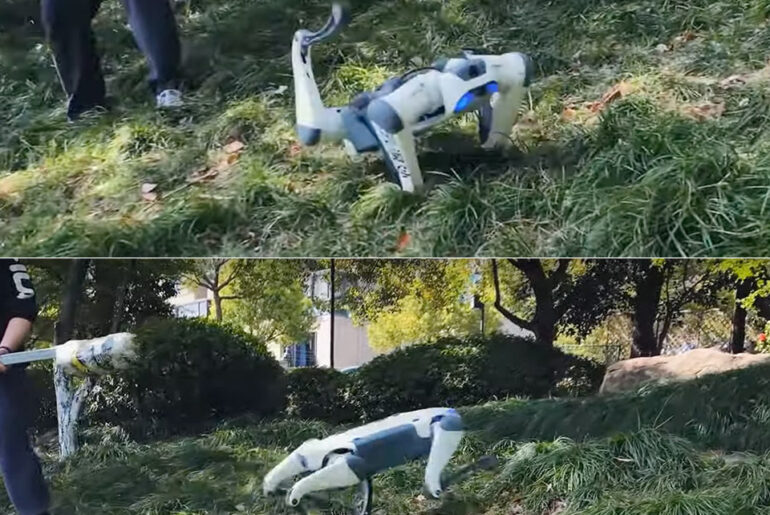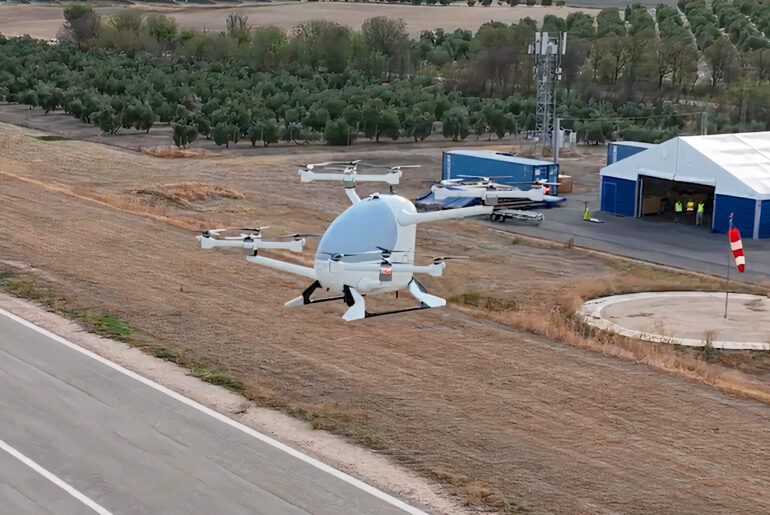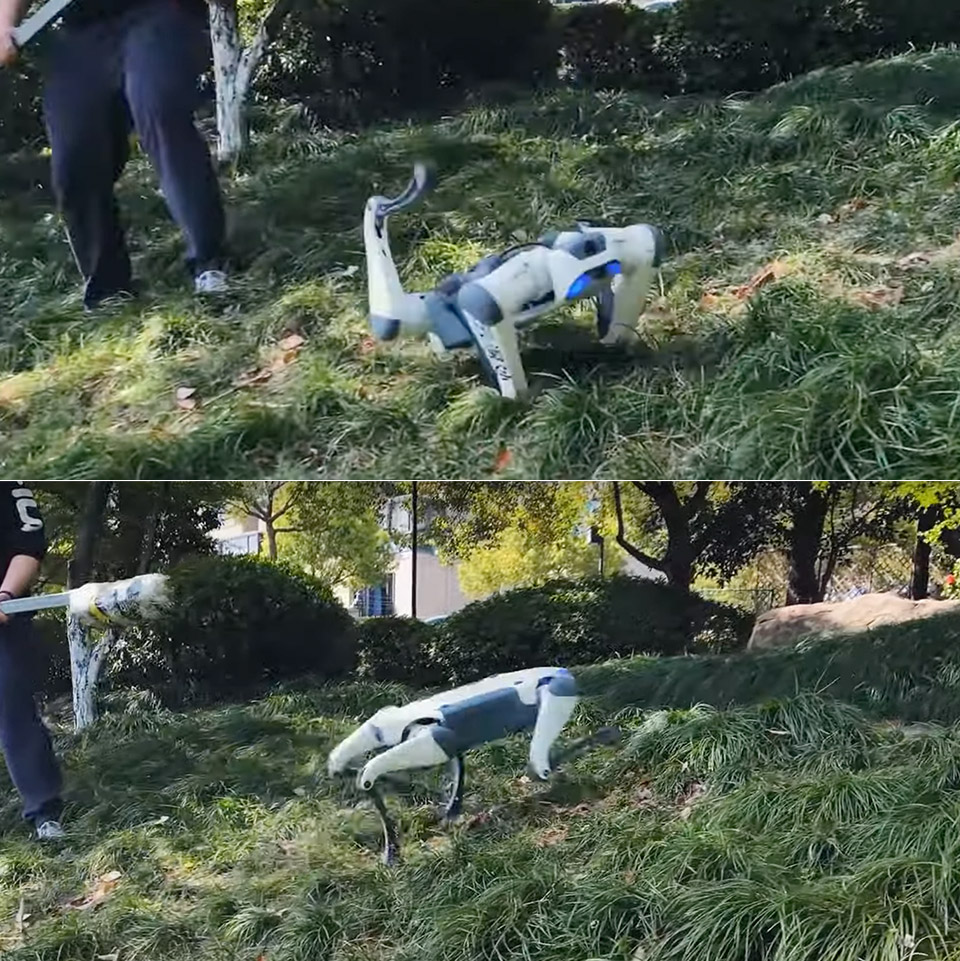
There’s a robotic lawnmower that can play DOOM, and then Deep Robotics’ X30 quadruped robot dog that can quickly get up from any kind of fall. This is made possible with the company’s fusion perception technology, which enables it to rapidly traverse obstacles, climb open riser industrial stairs, and overcome other difficulties.

After a leak earlier this week, the DJI Avata 2 FPS drone has been officially unveiled, and it’s the best beginner drone with pro-level features that we’ve seen yet. Starting things off, it boasts a larger image sensor than its predecessor, or more specifically a 1/1.3-inch CMOS Super-Wide-Angle 12MP sensor that expands the dynamic range available and handles low-light conditions with greater effect.
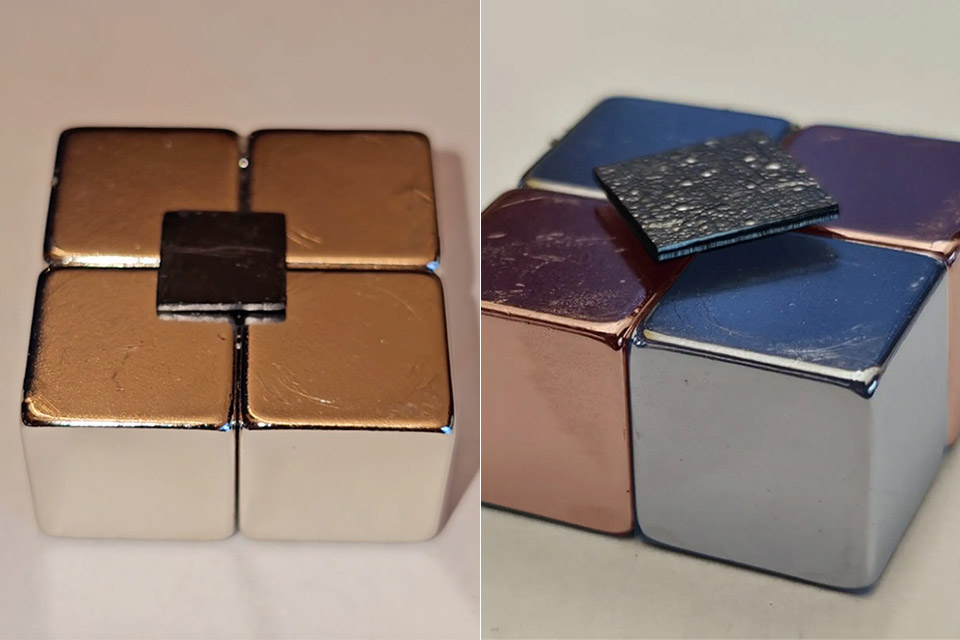
Scientists from the Okinawa Institute of Science and Technology (OIST) have created a floating platform within a vacuum using graphite and magnets that requires no external power source. Should that platform encounter an external magnetic field, these materials generate a magnetic field in the opposite direction, resulting in a repulsive force.

NASA’s next-gen Advanced Composite Solar Sail System that could help revolutionize space travel for generations to come. Put simply, solar sails utilize the pressure of sunlight for propulsion, either angling toward or away from the Sun so that photons bounce off the reflective sail to boost a spacecraft.
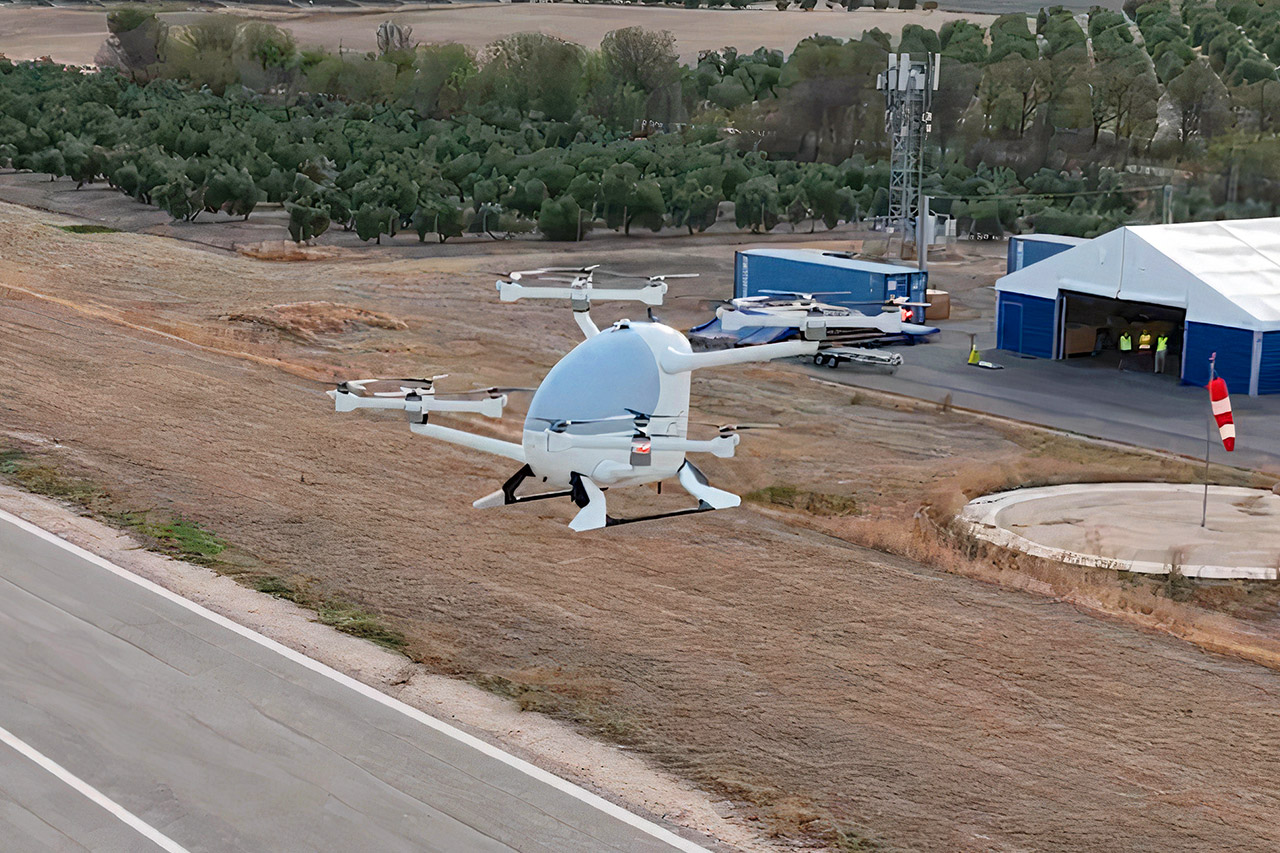
Crisalion’s Concept Integrity is the first Spain-built air taxi and it has a drone-inspired propulsion system. Called FlyFree, it consists sets of four-rotor units attached to a pair of booms on a fixed wing, with each operating independently for a higher degree of control and reliability.

You’ve seen the Xbox dev kit prototype, now check out an Apple AirPower prototype with 16 coils (PROTO1). This may not be the first AirPower prototype to surface, but it is the first we’ve seen be able to charge an Apple Watch Series 4.

University of Tokyo researchers developed a unique DELTA drone that could one day be used in disaster recovery situations too dangerous for humans. Delta (Deformable Multilinked Multirotor with Rolling Locomotion Ability in Terrestrial Domain) features a ring-shaped body consisting of three linked segments.
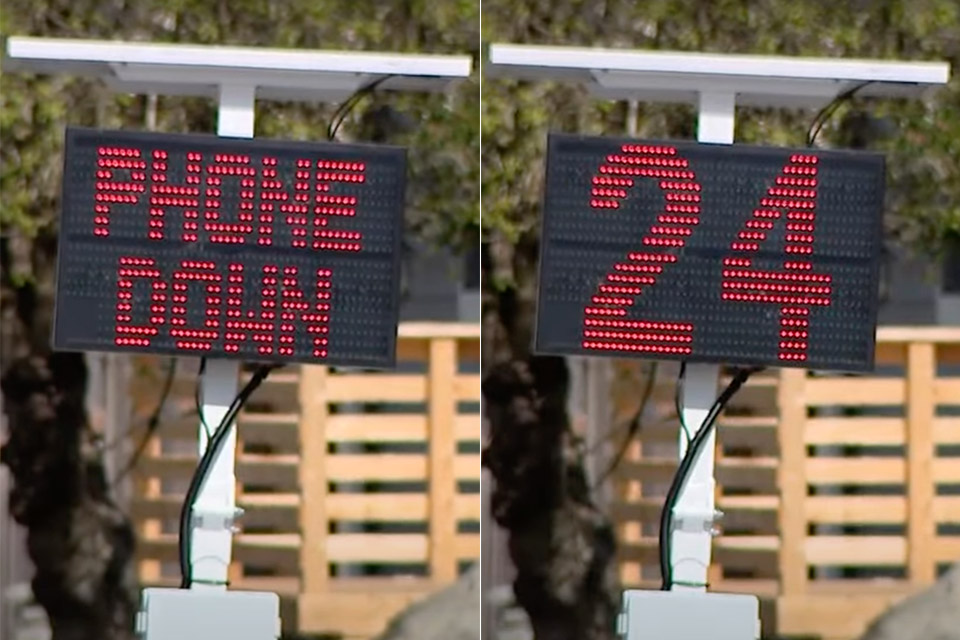
SaferStreet’s SmartSigns uses a combination of microwave and infrared sensors to detect if a driver is distracted using their smartphone, speeding, not wearing a seatbelt, or just not paying attention. They are currently being tested in King County, which includes Seattle, Fairwood, Pacific, Algona, Maple Valley, White Center, Skyway, Kenmore, Issaquah, and Newcastle.

University of Southern Denmark engineers have developed an innovative autonomous drone that can recharge itself using overhead power lines. It’s based on a Tarot 650 Sport carbon fiber drone frame using an electric quadcopter propulsion system that draws power from a 7,000-mAh lithium-polymer battery.

There’s the LiquidView virtual window, and then this innovative window coating designed to reduce temperatures by up to 45° Fahrenheit. How so? It essentially blocks heat-generating ultraviolet and infrared light while still letting through visible light, regardless of the sun’s angle.

